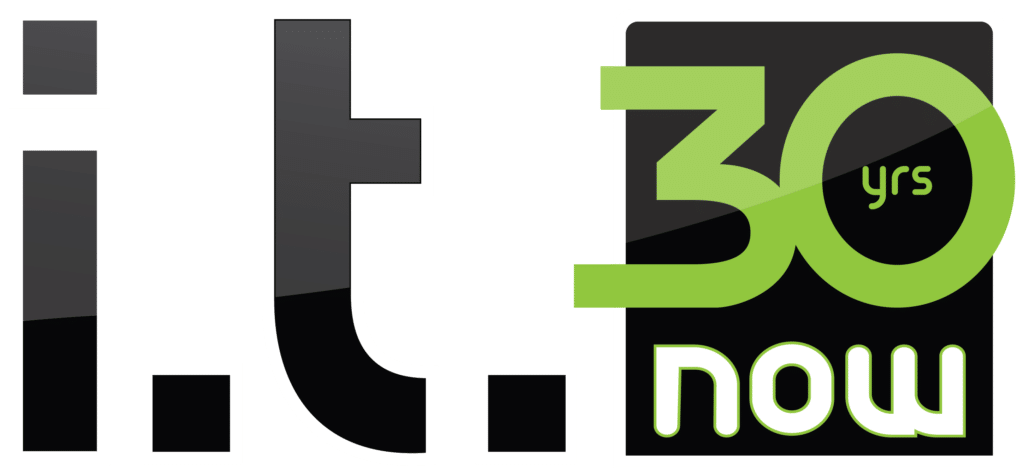CCleaner is a computer “cleaning” tool for Windows and Mac created by Piriform. For many, CCleaner is an excellent utility program that allows users to clean out temporary Internet files and history, clean up the registry and remove potentially unwanted files and data.
Don’t know what it is? Here’s a quick CCleaner 101 to get your familiar with the program.
CCleaner Features:
Here’s the definition from Wikipedia:
“CCleaner supports the cleaning of temporary or potentially unwanted files left by certain programs, including Internet Explorer, Firefox, Google Chrome, Opera, Safari, Windows Media Player, eMule, Google Toolbar, Netscape, Microsoft Office, Nero, Adobe Acrobat, McAfee, Adobe Flash Player, Sun Java, WinRAR, WinAce, WinZip, GIMP and other applications, along with browsing history, cookies, Recycle bin, memory dumps, file fragments, log files, system caches, application data, autocomplete form history, and various other data. The program also includes a registry cleaner to locate and correct problems in the Windows registry, such as missing references to shared DLLs, unused registration entries for file extensions, and missing references application paths. As of v2.27, CCleaner can wipe the MFT free space of a drive, or the entire drive itself.
“CCleaner can be employed to uninstall programs. In addition, CCleaner allows the alteration of start-up programs, similar to the Microsoft Windows MSConfig utility. Users can disable start-up programs. As of version 2.19.901, CCleaner also allows users to delete system restore points.”
Our personal experience with CCleaner has been excellent, and we use it on a regular basis with our clients. If you’re still in doubt, CNET gives CCleaner a 5/5 rating, calling it a “highly recommended” product, and even awarded it a 2009 Editor’s Choice Award.
For more information on CCleaner, or to download the program, visit piriform.com.

